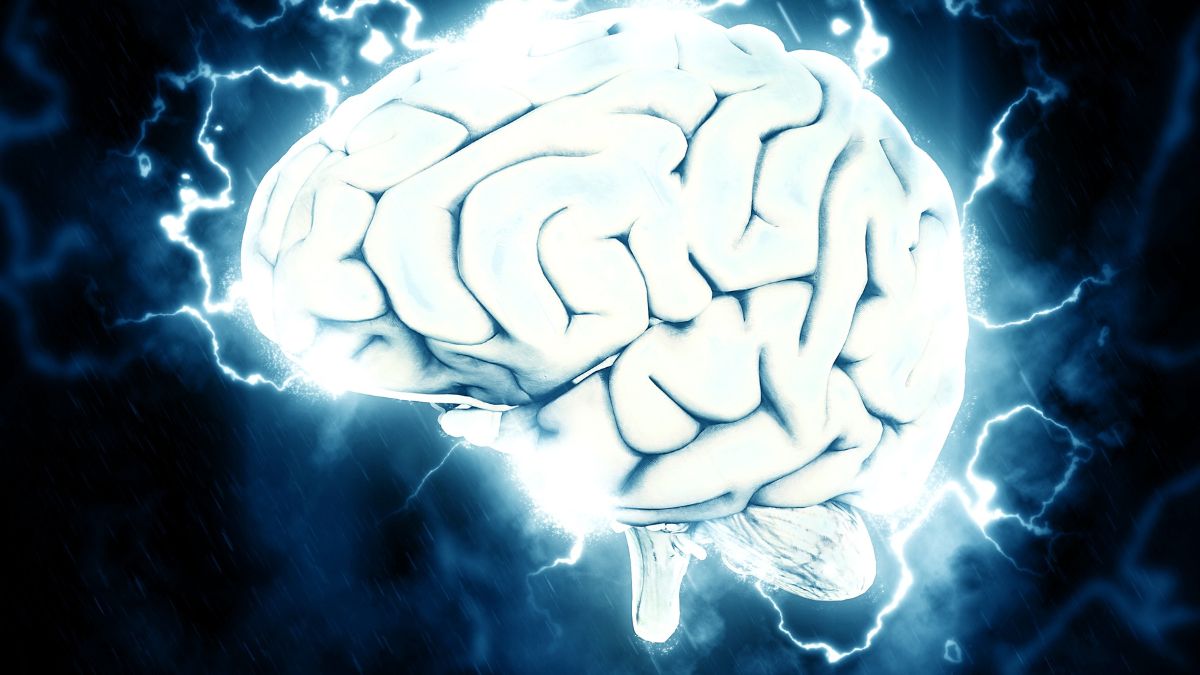
Advertisement
Elon Musk’s Neuralink has taken a giant leap forward in its quest to intertwine human brains with technology. Musk recently announced the successful implantation of a brain device into an unidentified individual, marking a groundbreaking achievement for his ambitious project.
So, let’s explore what you need to know about Neuralink, from its recent milestone to the controversy surrounding its research.
-
The Breakthrough Implant:
Elon Musk revealed that the first human to receive a Neuralink brain implant is “recovering well.” The implant, known as “Telepathy,” has shown promising results in neuron spike detection, a critical aspect of communication between the brain and the nervous system.
-
The PRIME Clinical Trial:
Neuralink’s clinical trial, named PRIME (Precise Robotically Implanted Brain-Computer Interface), utilises a robot during surgery to precisely insert wires into a part of the brain related to movement. The goal is to interpret neural activity, enabling individuals to operate devices through mere intention.
-
Implant Details:
The brain implant, known as the N1 Implant, features 1024 electrodes distributed across 64 threads. The device is tiny, with custom-made microscopic needles ensuring minimal damage to the cortex during insertion. It is powered by a small battery charged wirelessly, offering convenience and ease of use.
-
Telepathy’s Functionality:
Musk envisions Telepathy enabling users to control phones, computers, and almost any device simply by thinking. Initial users, Musk suggests, will be those who have lost the use of their limbs, presenting an opportunity for enhanced communication and interaction.
-
The PRIME Trial’s Human Criteria:
Neuralink received FDA approval for its PRIME trial, seeking individuals aged 22 and above with quadriplegia due to spinal cord injury or ALS. The trial focuses on improving the lives of those with limited mobility.
-
Controversies Surrounding Neuralink:
Neuralink has faced scrutiny for its research practices, including allegations of harmful effects on animals used in testing. Reports in 2022 and 2023 raised concerns, prompting responses from Musk and inquiries from lawmakers about the portrayal of Neuralink’s animal testing in the media.
-
The Neural Lace Concept:
Musk has previously spoken about a “neural lace” that merges artificial intelligence with the human brain. While current Neuralink trials are more modest, Musk’s long-term vision hints at a symbiotic relationship between humans and AI.
-
Potential Enhancements and Concerns:
The ongoing research in brain-computer interfaces aims to enhance the lives of those with paralysis and blindness. However, it also raises ethical questions about the potential “enhancement” of individuals who do not have serious conditions.
-
Future Implications and Speculation:
As research advances, there’s speculation about the joy of connecting with loved ones or browsing the web using only thoughts. However, questions about the effects of our present technology use and the ethical boundaries of human-technology integration linger.
Neuralink’s recent achievement is a testament to the rapidly evolving landscape of brain-computer interface technology. From the successful implantation to the controversies surrounding the project, Neuralink is pushing the boundaries of what’s possible in the intersection of human brains and technology. As the journey continues, society eagerly watches the unfolding chapters of this groundbreaking exploration into the realm of mind and machine.
